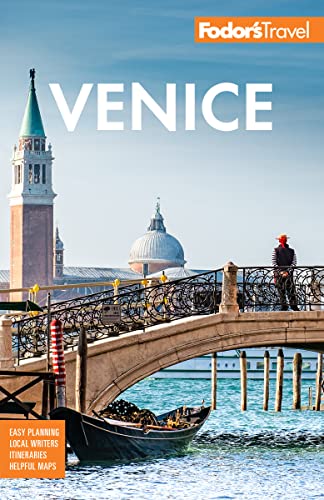Speaking Venetian
Venice is one of the few Italian cities where the local dialect is still alive and well. Much of the language you will hear in Venice is not Italian but rather Venetian, or Italian heavily laced with Venetian. Venetian has its own rich and widely respected literature. The Venetian dialect comedies of Goldoni, the great 18th-century playwright, are regularly performed in the city.
Even when speaking Italian, Venetians will use dialect terms to refer to certain common objects. Sometimes the term means something totally different in standard Italian.
Here are a few frequently used words:
sestiere: One of six neighborhoods in central Venice.
rio: A canal. Only the Grand Canal and a few other major waterways are called “canali.” Everything else is a “rio.”
fondamenta: A quay, a street running along a canal or a “rio.”
calle: A street, what is elsewhere in Italy called a “via.” “Via” is used in Venice, but it means “boulevard.”
campo: A square—what is elsewhere in Italy called a piazza. (The only piazza in Venice is Piazza San Marco.)
bacaro: A traditional wine bar.
ciccheto (pronounced chee-kay-toh): An hors d’oeuvre—roughly the Venetian equivalent of tapas—generally served at a bacaro and in many cafés.
ombra: A small glass of wine.
focaccia: A traditional Venetian raised sweet cake, similar to a panettone, but much lighter and without candied fruit or raisins. (Very different from the better-known Genoese focaccia, a dense slightly raised bread sometimes flavored with herbs or cheese.)
Venetians tend to use the informal second person form, tu, much more readily than people do in other parts of Italy. Venetians also frequently address each other with the term amore (love), as is done sometimes in England. But in Venice it is used even between members of the same sex, without any romantic connotation.




